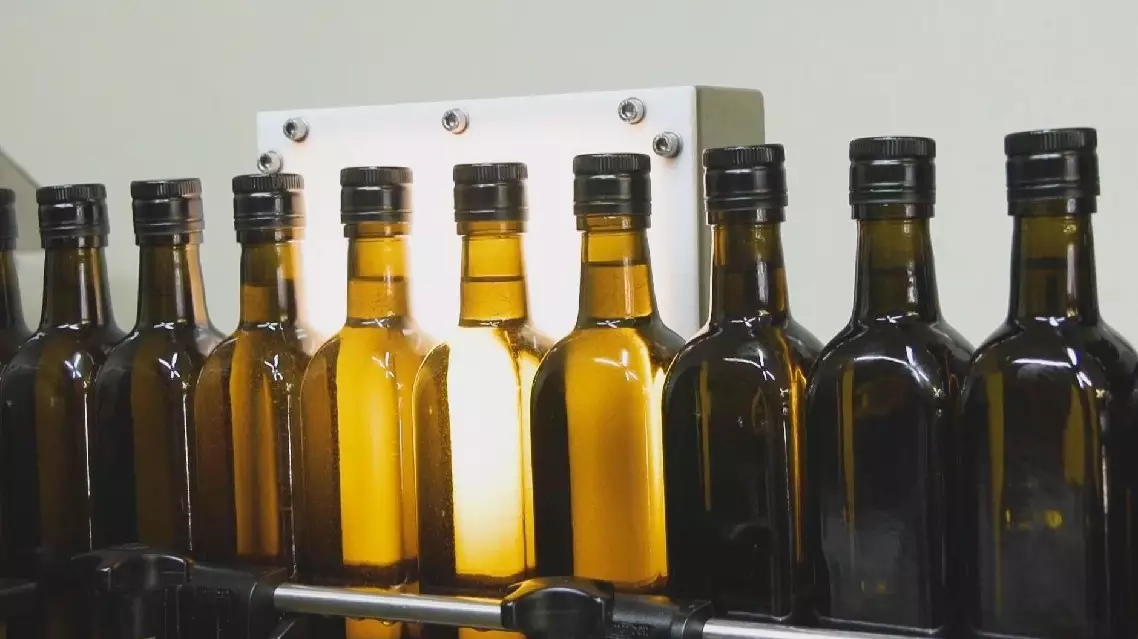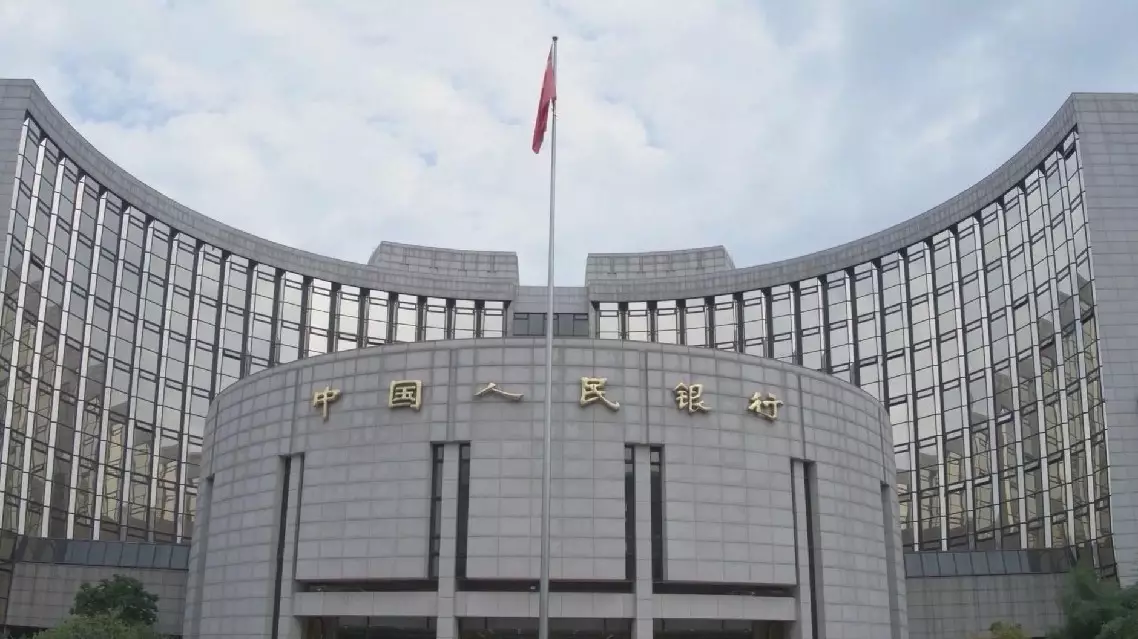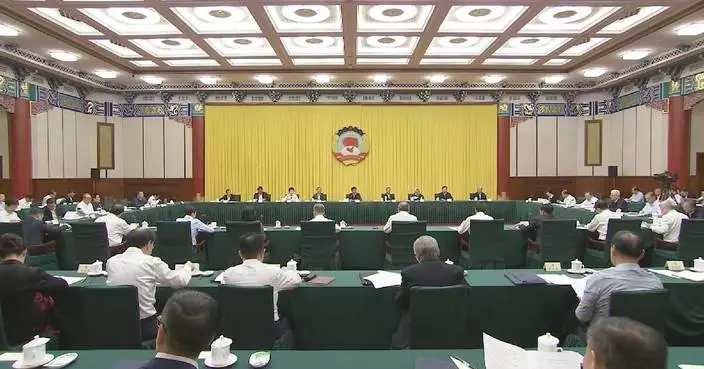Farmers in South Africa's Western Cape region have turned to olive farming as they look to seize opportunities from a global shortage and launch their own production bases to meet the rising demand for olive oil.
South Africa is the fifth largest olive oil producer in the world and the largest in Sub-Saharan Africa and the country's olive farming sector is mostly concentrated in the Western Cape region in an area spanning around 3,500 hectares of land.
With olive oils being known for their health benefits, demand is on the rise and the industry is growing at around 20 percent per annum, encouraging many South African farmers to ride the crest of this wave.
Loyiso Manga is not new to farming but he did need to get his head around the complexities of the olive oil industry when he founded his own company several years ago.
In doing so, Manga became the first black farmer to have entered the local industry on the production side and he was determined to break the perception that olive oils are sold as premium products to only wealthy consumers, instead looking to market his product to the masses.
"I was fortunate enough to have grown up in a farming environment and my grandmother was quite business minded, entrepreneurial minded. So, when I decided that I hated what I was doing in the corporate sector, I decided to go back to my first love, which was agriculture and business," he said.
Manga launched his business range back in 2019 and has been winning top honors for quality ever since. He's now setting his sights on buying his own farm, but he admits it hasn't been easy to make the next step.
"Our biggest challenge has always been funding and getting working capital. So we've always had difficulty in sourcing or getting an investor, someone who will believe in the business and believe in what we do," said Manga, who remains determined to acquire a farm and expand his local production base.
An estimated 2 million liters of olive oil is produced in South Africa annually, while as many as 6 million more liters are imported each year, with most of this coming from Europe. However, the impacts of climate change and more frequent adverse weather events has hampered supply, while the increasing demand is already pushing up prices.
"A global shortage of olive oil, specifically from the European market, with the weather crisis that they've had in the last two years, it drastically affected the demand or the supply of olives from Europe, which in turn ensured that the South African producers olive oil has been on a high demand," said Wendy Peterson, CEO of SA Olive, an association representing the common interests of the South African olive industry.

Farmers in Western Cape region embrace olive farming amid supply crisis









